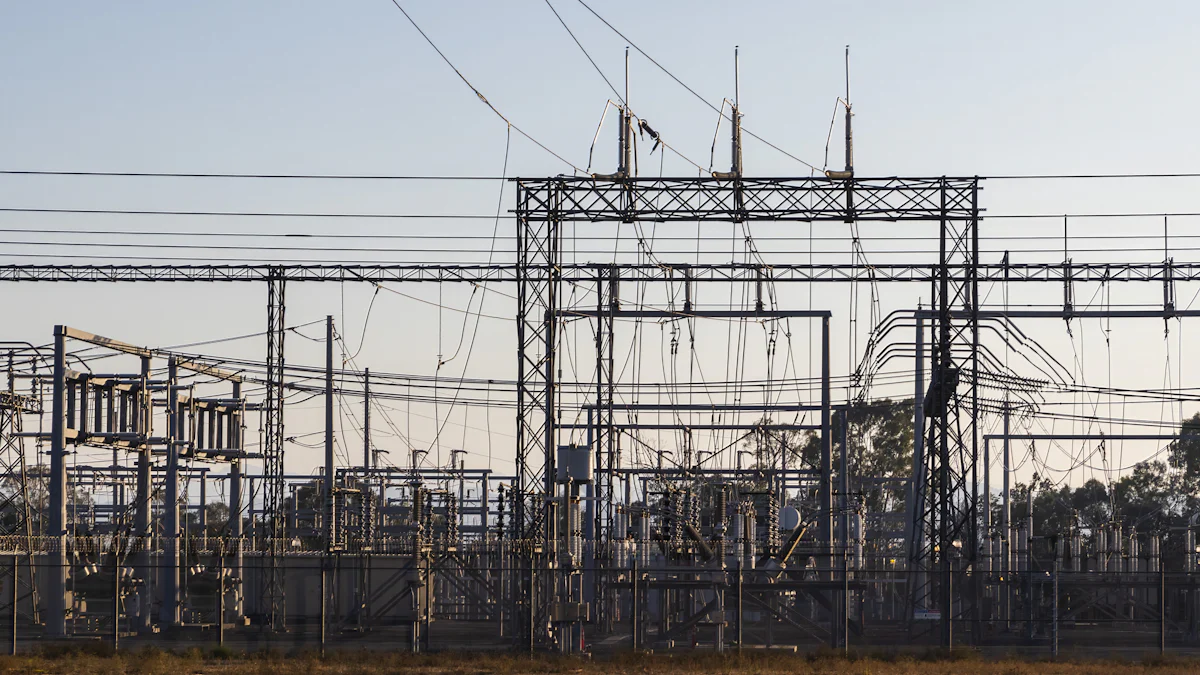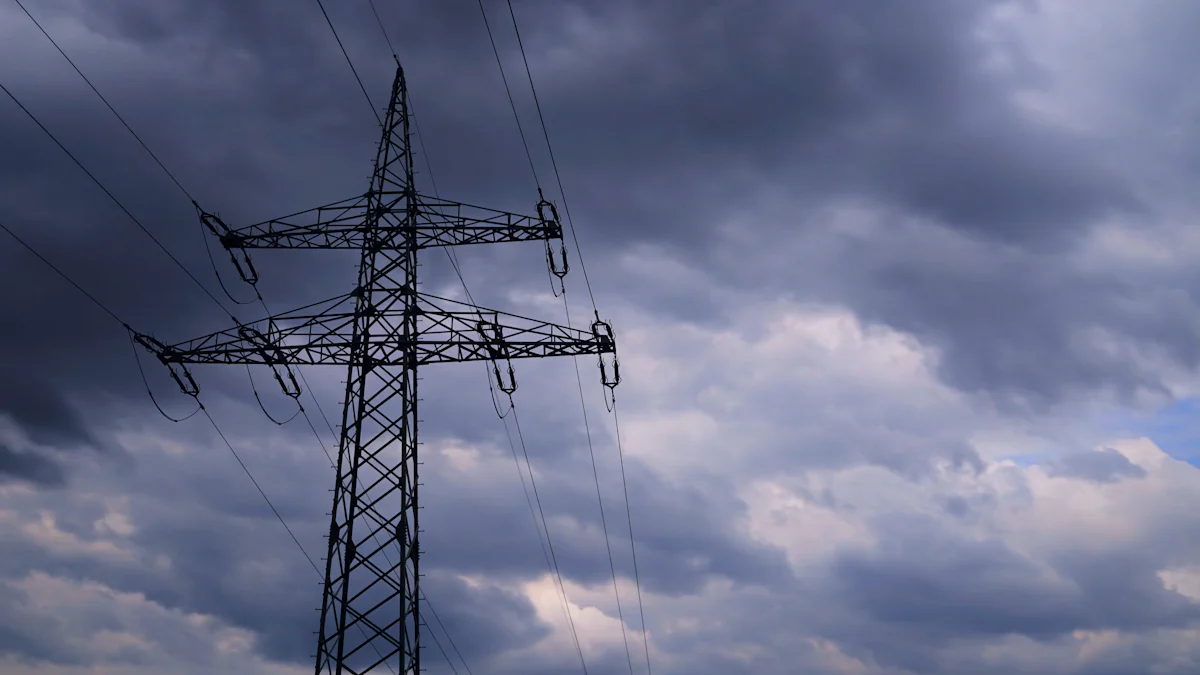Common Problems of power Distribution Network

Power distribution networks are the backbone of modern society, ensuring electricity efficiently reaches homes and businesses. However, these networks face significant challenges. Urban distribution lines have limited capacity, while rural power supply radii stretch too long. During peak summer, air-conditioning loads can cause distribution transformers to overload. Rural users, especially in mountainous areas, encounter low voltage issues due to small transformer capacities and cable sizes. Low Voltage control is essential in these scenarios to mitigate such issues. The expansion of distribution networks remains difficult due to limited land resources and distribution lines. Additionally, power grid quality management is crucial as unbalanced user load growth leads to three-phase imbalances. Distributed power supplies like solar can cause power reversal and over-voltage during the day, with low voltage problems at night. Harmonic pollution further complicates these issues. Addressing these common problems through effective Low Voltage control and power grid quality management is vital for maintaining reliable and efficient power distribution.
Low Voltage Control Issues
Overloading of Distribution Transformers
Causes of Overloading
Distribution transformers often face overloading, especially during peak summer months. The demand for air conditioning rises exponentially, leading to increased load on these transformers. Urban areas experience limited distribution line capacity, while rural regions have long power supply radii. In mountainous areas, rural users are scattered and located at the grid's end. They rely on small transformers with limited capacity and small-sized cables. This setup results in a prominent low voltage problem.
Impact on Power Quality
Overloading impacts power quality significantly. It causes voltage fluctuations, which can damage equipment and lead to energy losses. The stability of the power system becomes compromised, posing safety hazards. Overloading also increases the temperature of voltage stabilizers. A 6-degree rise in insulation temperature can halve the stabilizer's lifespan. Thus, effective low voltage control is essential to maintain power grid quality management.
Voltage Regulation Challenges
Effects of Distributed Generation
Distributed generation, such as solar power, introduces new challenges in voltage regulation. During the day, power reversal and over-voltage are likely to occur. At night, low voltage problems become prevalent. These fluctuations can aggravate the three-phase imbalance, further complicating power quality management. Proper voltage regulation is crucial to prevent overloading and ensure stable operation.
Traditional vs. Modern Control Schemes
Traditional control schemes often prove inadequate in managing dynamic and transient voltages. They struggle to keep voltage within prescribed limits, especially with the integration of distributed power supplies. Modern control schemes offer advanced solutions. They enhance low voltage control by implementing sophisticated systems and regular monitoring. These approaches help maintain a reliable and efficient power distribution network.
Power Quality Concerns

Power quality concerns significantly impact the efficiency and reliability of power distribution networks. Addressing these issues is crucial for maintaining a stable and efficient power supply.
Three-Phase Imbalance
Causes and Consequences
Three-phase imbalance arises when the electrical load is unevenly distributed across the three phases of a power system. This imbalance often results from the unbalanced growth of user load, which can lead to severe consequences. The uneven distribution causes voltage fluctuations and increases energy losses. Equipment may suffer damage due to overheating, and the overall efficiency of the power grid declines. In rural areas, where users are scattered and located at the end of the power grid, the small transformer capacity and cable size exacerbate the imbalance. This situation highlights the importance of effective low voltage control and power grid quality management.
Mitigation Strategies
To mitigate three-phase imbalance, several strategies can be employed:
Load Balancing: Distributing the electrical load evenly across all three phases helps reduce imbalance. Regular monitoring and adjustments ensure optimal load distribution.
Advanced Control Systems: Implementing modern control schemes enhances the ability to manage dynamic and transient voltages. These systems provide real-time data and enable quick responses to imbalances.
Reactive Power Management: Proper management of reactive power maintains voltage levels and improves power quality. This approach minimizes the risk of equipment damage and energy losses.
Harmonic Pollution
Sources of Harmonics
Harmonic pollution in power systems originates from nonlinear loads, such as electronic devices and variable speed drives. These loads distort the voltage waveform, leading to harmonic currents that flow through the power network. The presence of distributed generation, like solar power, further complicates the situation. During the day, power reversal and over-voltage can occur, while low voltage problems arise at night. A case study on voltage harmonics and distortion revealed the significant impact of nonlinear loads on power quality and losses.
Solutions to Reduce Harmonics
Reducing harmonic pollution requires targeted solutions:
Harmonic Filters: Installing filters helps eliminate harmonic currents and improve power quality. These devices are essential for maintaining a stable power grid.
Regular Monitoring: Continuous monitoring of power systems allows for the early detection of harmonic sources. A new technique to detect harmonic sources in polluted power systems introduces a single-point approach, enhancing the ability to identify and address these issues.
Upgrading Equipment: Using modern equipment designed to handle harmonics reduces their impact on the power network. This upgrade ensures better performance and longevity of the system.
By addressing power quality concerns, such as three-phase imbalance and harmonic pollution, power distribution networks can achieve greater reliability and efficiency. Effective low voltage control and power grid quality management play a vital role in overcoming these challenges.
